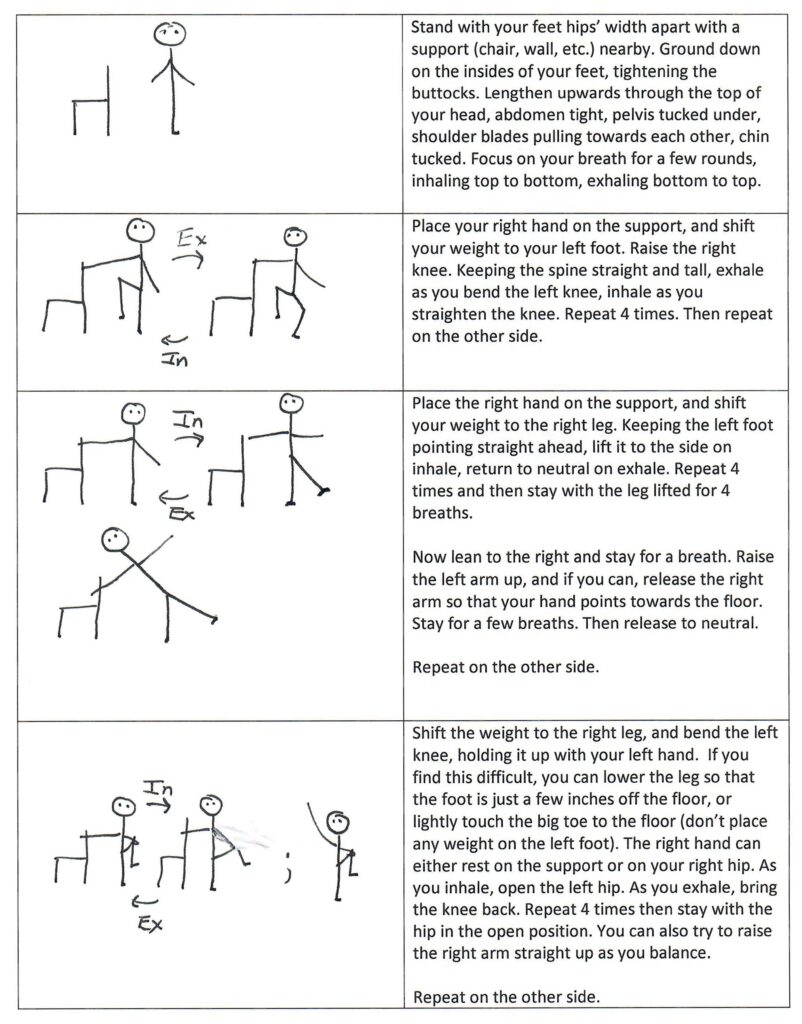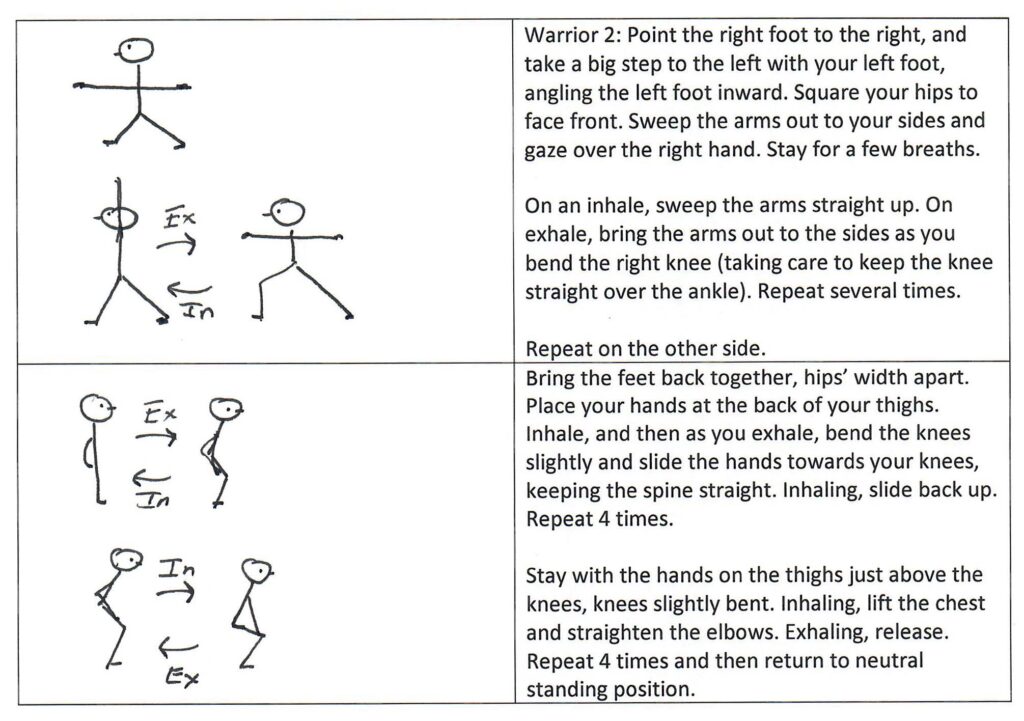I’m sure you’ve heard the statistics about hip fractures: a broken hip can change your life permanently. According to doctors at Johns Hopkins, “forty percent of hip fracture sufferers are unable to walk independently a year later, and 60 percent can no longer take care of everyday necessities, like getting dressed. Even more alarming: One in four adults who fracture a hip die within a year.”
So it’s important to prevent fractures by maintaining strength and cultivating balance, and to do whatever you can to increase bone density through diet, exercise, and possibly medication.
There are a number of medications now being used for osteoporosis, though most of them have troublesome side effects worth avoiding if possible.
Try adding more calcium to your diet. Good sources of calcium include dairy products, of course, but if you are lactose intolerant, as I am, there are many non-dairy choices: seeds (chia, poppy, sesame…try sprinkling on your morning cereal), figs, almonds, beans and lentils, sardines and canned salmon, kale and collards, amaranth, tofu. For optimal absorption, consider a vitamin D supplement and try to spread consumption of calcium-laden foods throughout the day. I was also reading about a possible link between vitamin K and bone health though I could not find any definitive studies.
You can stimulate bone-building cells with weight-bearing exercise. Jumping (jumping jacks, for example) can build bone but is probably not recommended if you have advanced osteoporosis. A simple exercise recommended by Cleveland Clinic is stomping your feet – four stomps per foot twice a day – with enough force to crush a soda can.
Yoga can also be helpful. There are a number of poses that involve weight bearing, and also working the joints as you move against gravity. In some poses, your muscles pull against the bone which also can stimulate bone growth.
Here is a sequence of poses you can try to help build bone in your hips. The poses can also help with strength and balance.


